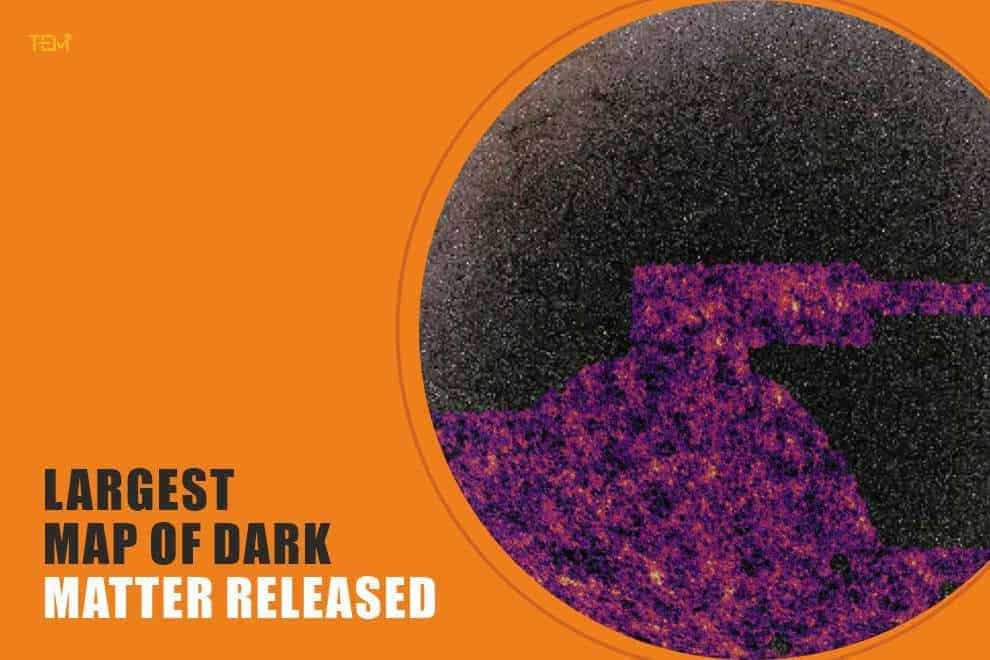Key Highlights:
- Astronomers have created the largest map of Dark Matter
- Results show that the universe may actually be smoother and more spread out than previously thought
- New revelations suggest that Einstein’s theory may have been wrong
Scientists have produced the most detailed map of dark matter yet and findings reveal that the matter is not clumped together as much as General Relativity says it should be.
Dark Matter is an invisible matter which is difficult to detect and is thought to represent 80% of the total matter in the universe and its gravitational force is enough to mesh entire galaxies together in a structure known as the cosmic web.
The Route to Discovery
A group co-led by University College of London (UCL) researchers as part of the international Dark Energy Survey (DES) utilized machine learning to analyze images of 100 million galaxies. The AI model uses information about the distribution and motion of galaxies to predict the distribution of dark matter.
Previous efforts to map the cosmic web started with a model of the early universe and then simulated the evolution of the model over billions of years. However, this technique was computationally intensive and was unable to produce results detailed enough to see the local universe.
The Big Revelation
Data published by the Dark Energy Survey Collaboration reveals that dark matter, which was previously perceived as clumpy, is actually smoother than predicted by the standard model scientists use for cosmology.
The research successively reproduced known prominent structures in the local universe, including the “local sheet”—a region of space containing the Milky Way. Several new structures were identified that require further investigation, including smaller filamentary structures that connect galaxies.
The revelation of the largest ever map of dark matter could imply that there’s something wrong with Einstein’s theory of relativity as the theory suggests that dark matter is clumped together. Einstein’s theory of relativity has been relied on for around 100 years and this discovery can put all of modern-day physics in a quandary.










